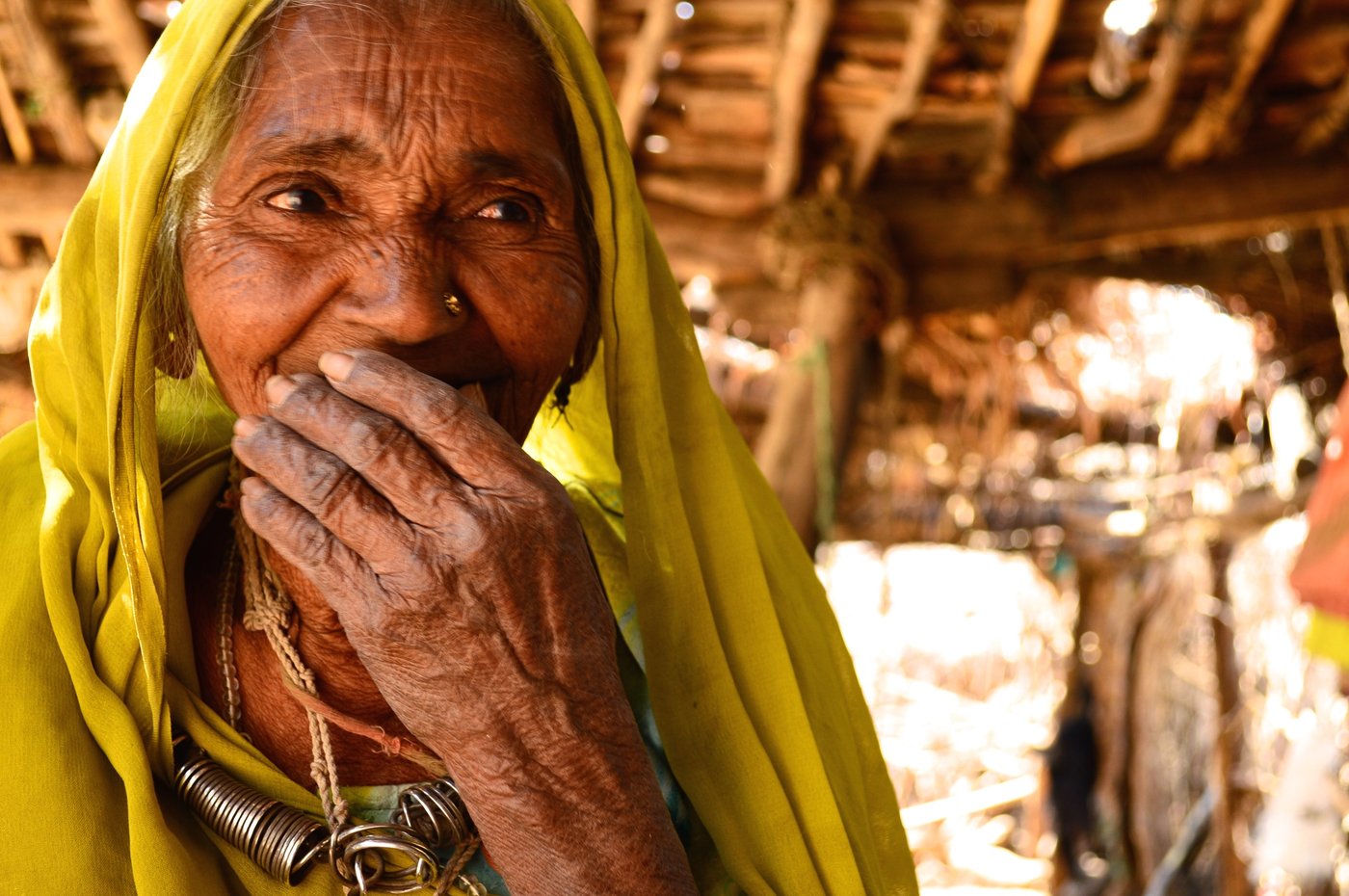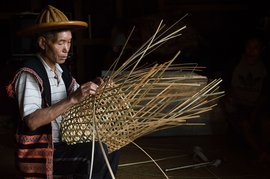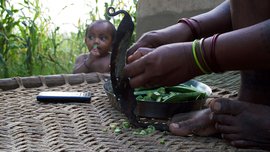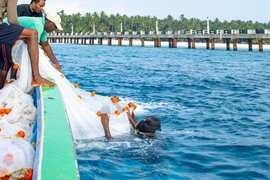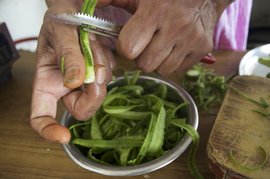Chamni Meena can't quite remember her age, but she does remember that food tasted better in her younger days: "It tastes different now. You don't get the same flavours any more. There are no desi [indigenous] seeds left. It is so difficult to find varieties."
Living in Ghati village on the outskirts of Udaipur town in Rajasthan, Chamnibai, who reckons she is somewhere in her 80s, has been saving seeds since she was a little girl. Chamnibai recalls how she and her husband built their home and farm, and how much work went into simply surviving. Yet, she says, life and food were better when they were young.
For years, Chamnibai and her family have preserved dozens of local varieties of seeds. She has now passed on her knowledge to her daughters-in-law. “Women save seeds better,” she said. “They care for them, and remember to replenish them. This process is all about the details.”
“I remember the time our village was hit by a flood,” Chamnibai recollected. “It was 1973, and all the houses in the village were ruined. All our things were destroyed, but I was most concerned about our seeds. That was my priority, and those are the seeds I have now. They are the most important part of a farmer’s life.”
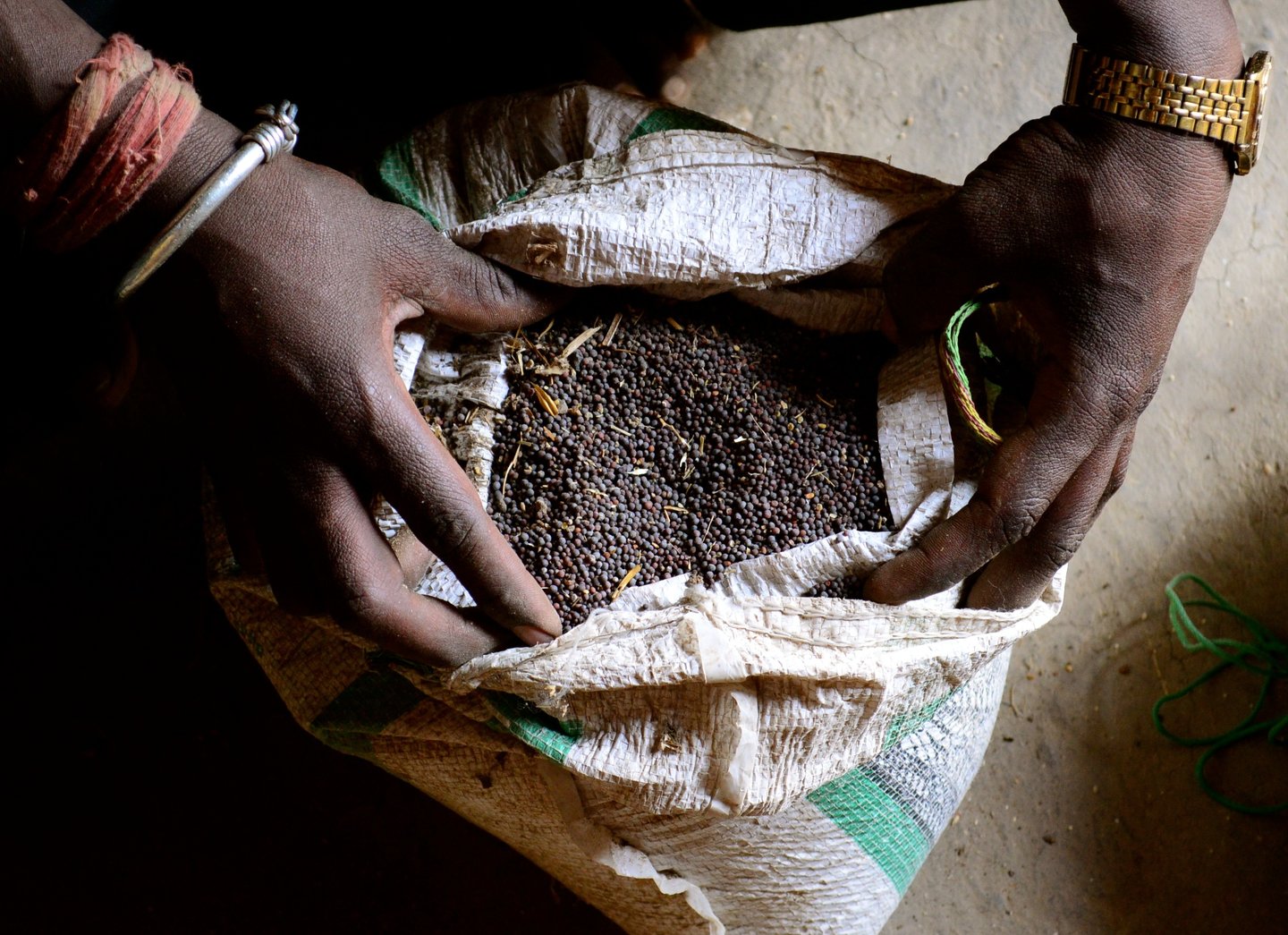
Desi mustard seeds
Several years ago, the family started a seed saving and swapping initiative, which allowed them to share the dying varieties of seeds with local farmers. The farmers, in turn, would pay back their debt in the form of one-and-a-half times as many seeds.
While Chamnibai’s family still practices organic farming for their own household needs, the pressures of current market trends are mounting. “Most of the other farmers in the village ask me why we don’t take the free seeds or fertilisers offered by the government. They call me a fool. But those crops are not the same. We don’t eat them at home,” said her son, Kesaram Meena.
For decades, the family has been practicing multi-cropping. Even today, they rotate their crops every three months. However, a growing dependence on the market has had a negative impact on the village. Families are unable to grow enough food for their own needs, and turn to the markets to supplement their diets. Chamnibai said that when she was young, everything was grown on their farm. They went to the market only to buy salt.
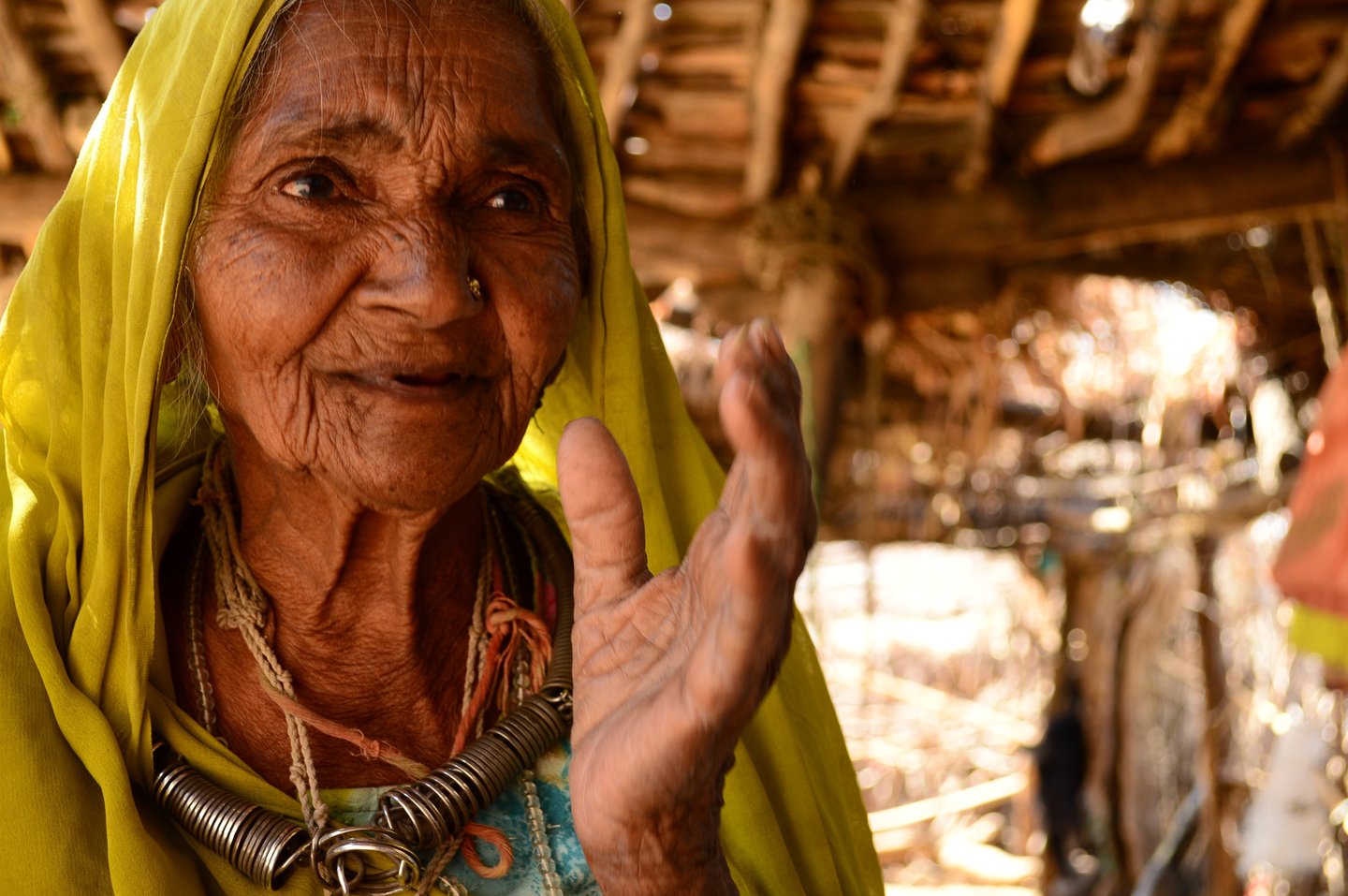
Chamnibai explains how important seeds are to a farmer
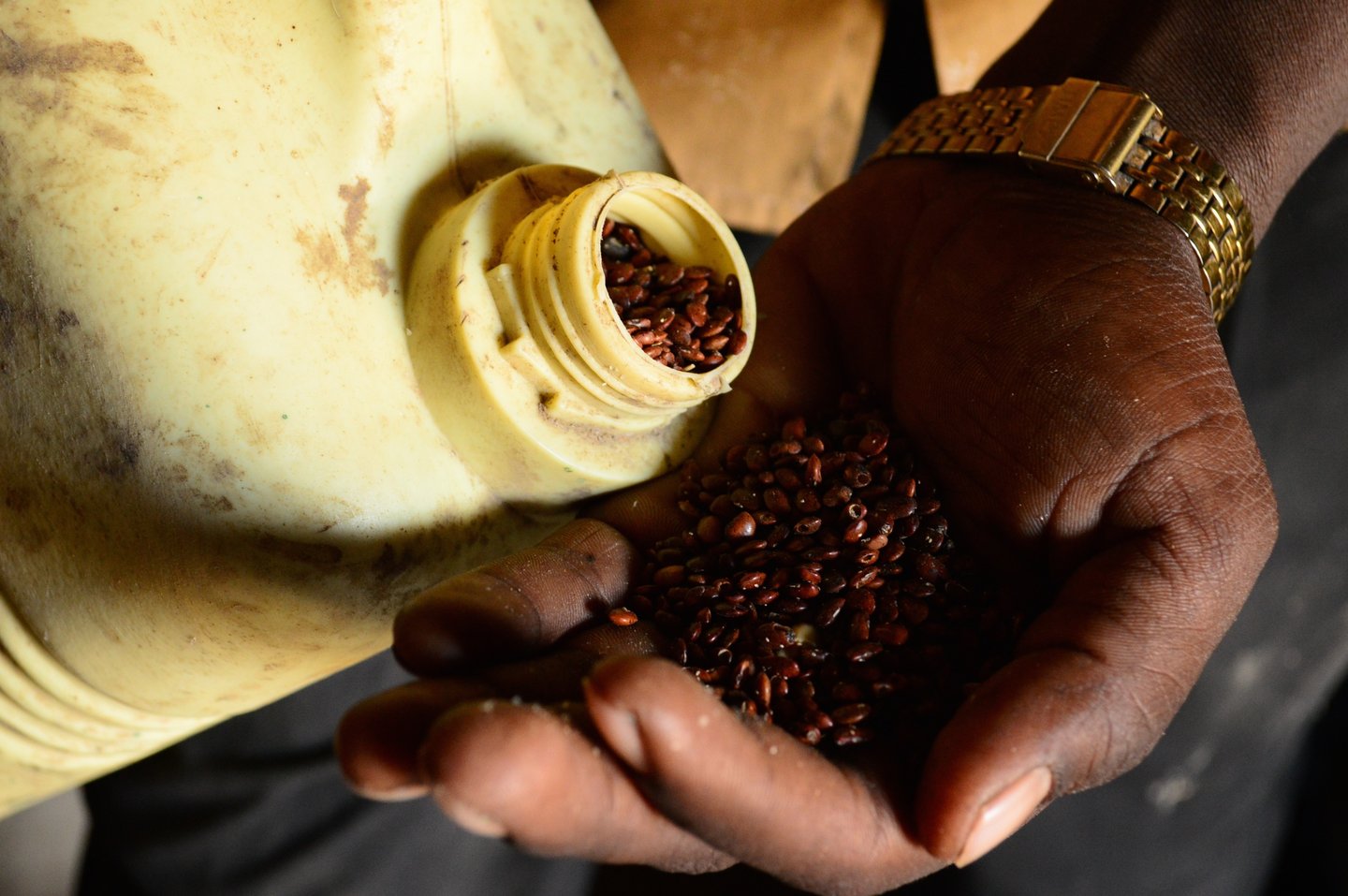
Organic horse-gram seeds
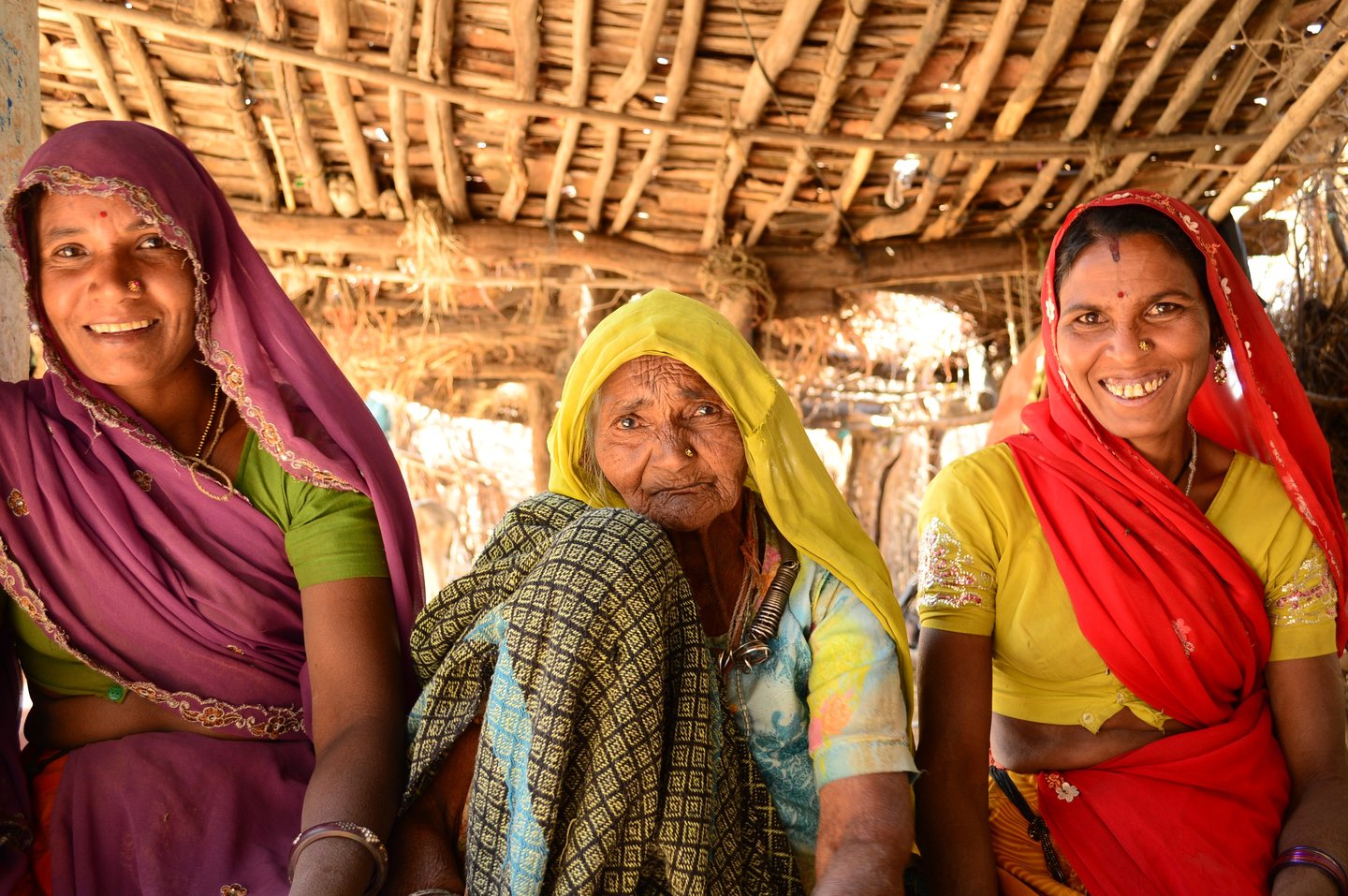
Chamnibai sits with her two daughters-in-law. When they got married, Chamnibai’s daughters-in-law, Champabai and Dollybai, did not know how to maintain and preserve seeds. Over the years, they observed their mother-in-law and drew on her traditional knowledge and skills. Now, after a decade of experience, they were keen to show me all that they had learned
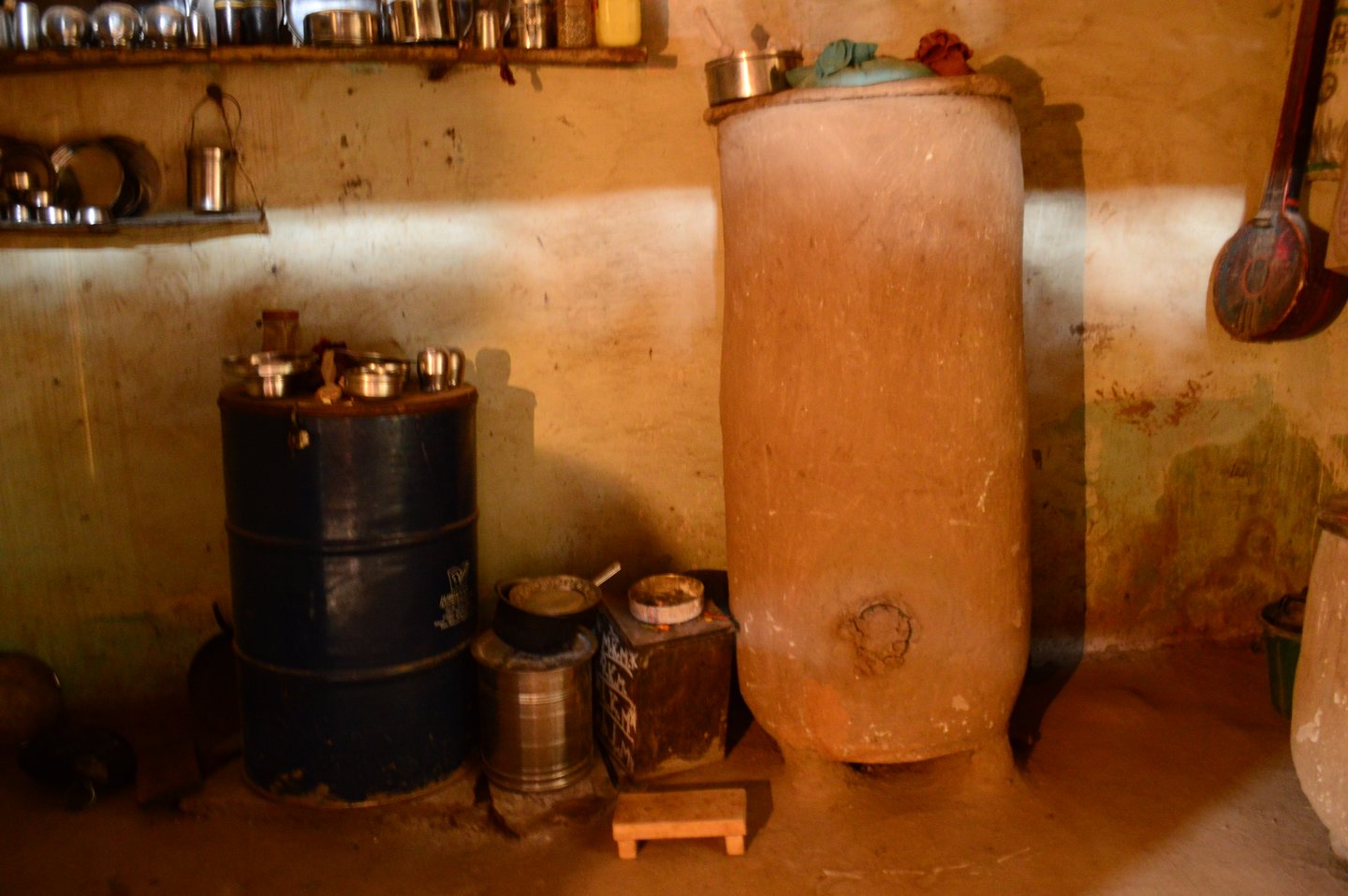
The family uses large mud and clay vessels for storage. These vessels, made from natural and local materials, keep the seeds cool, and home-made clay vessels preserve the integrity of the seed. To keep the seeds dry, they plug a big hole in the vessel with old corn husk. A coat of kerosene, neem and ash is applied on the outside to keep pests away
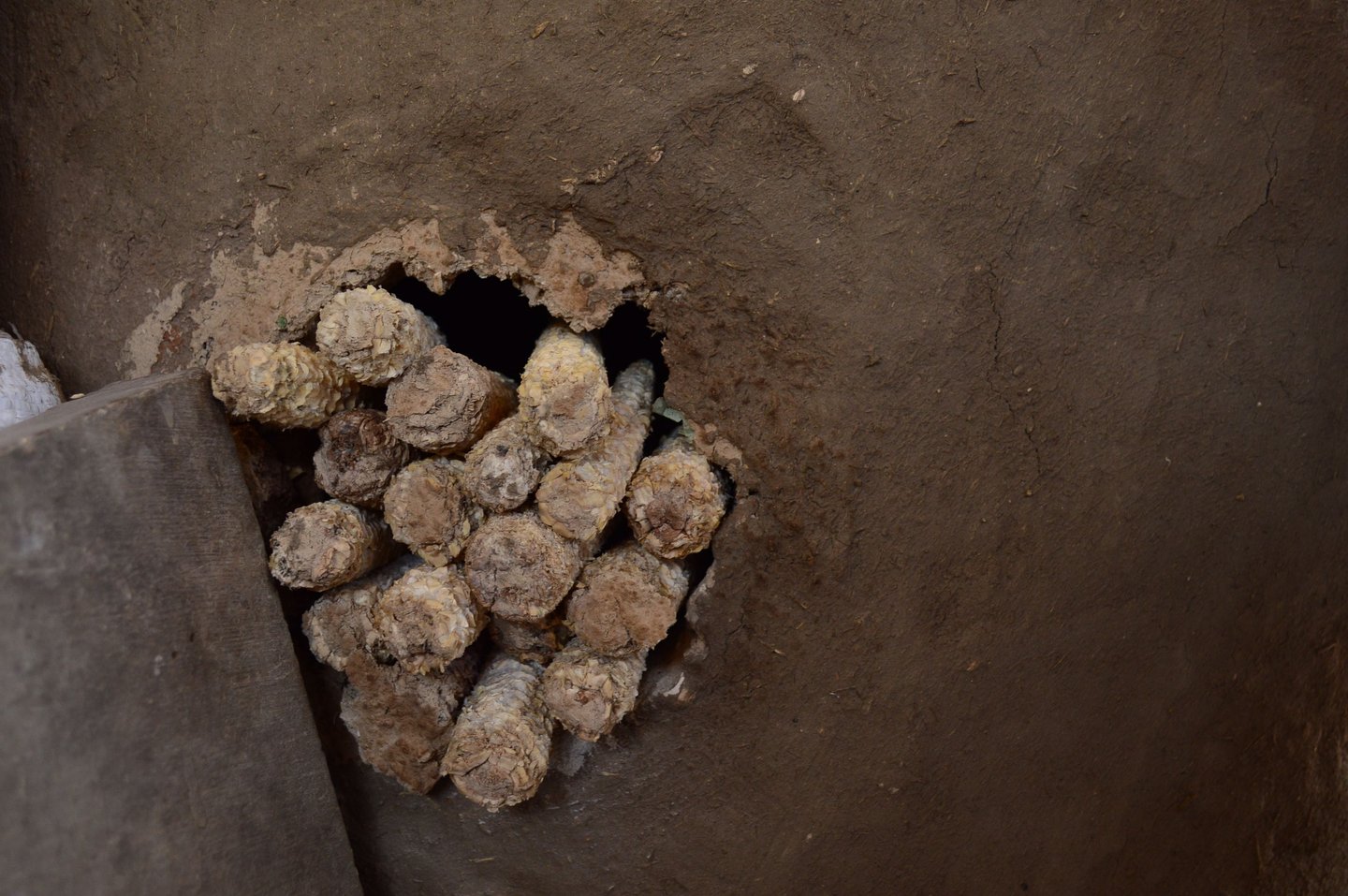
Dried corn husks serve as protection
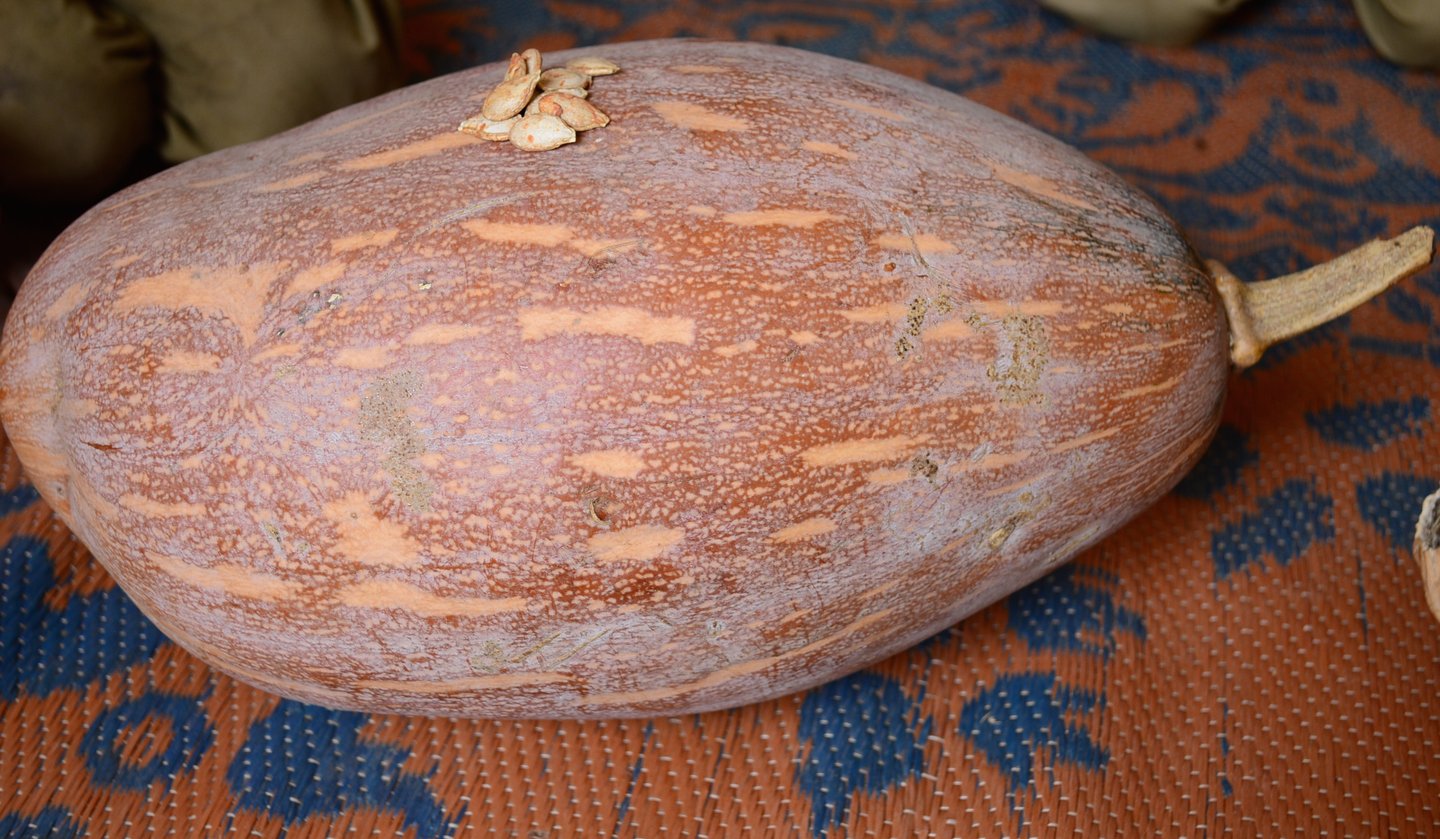
The Meena family also saves large healthy gourds that contain seeds, for the next season. Sometimes, they tuck the seeds away behind specially made walls called kothi. This is where the seeds remain protected
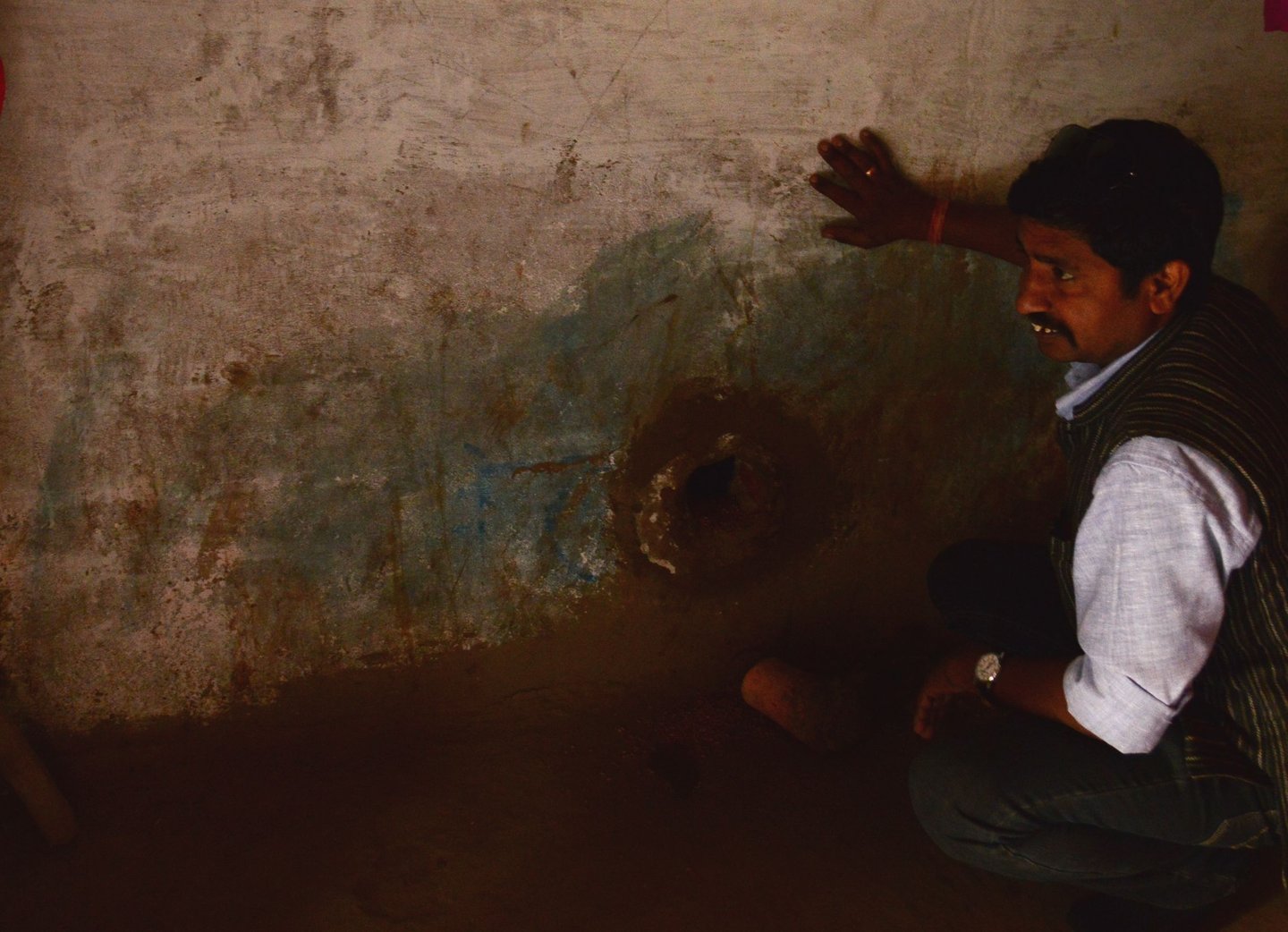
Pannalal, a local activist, checks out the family storage system
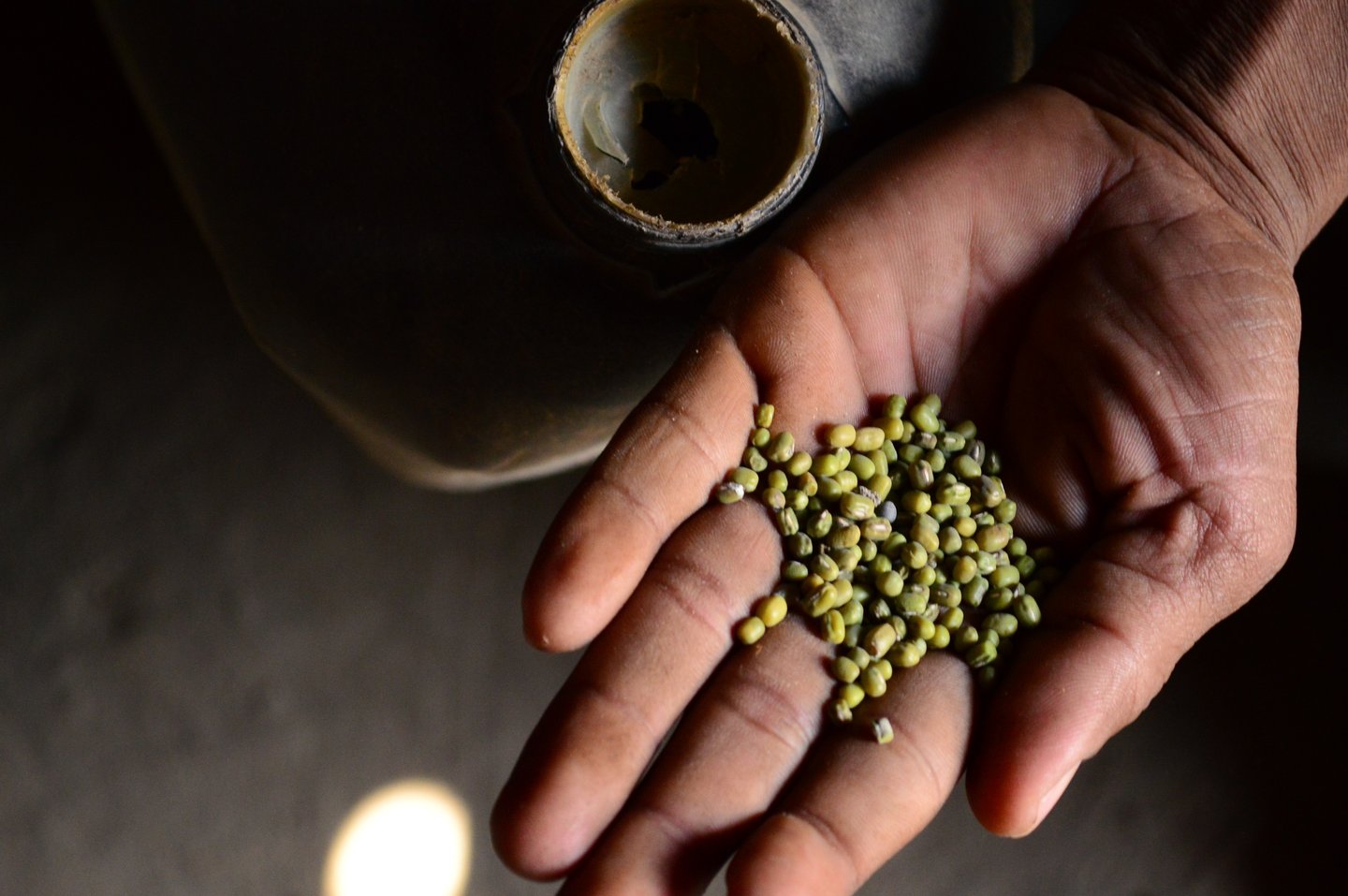
Desi green gram
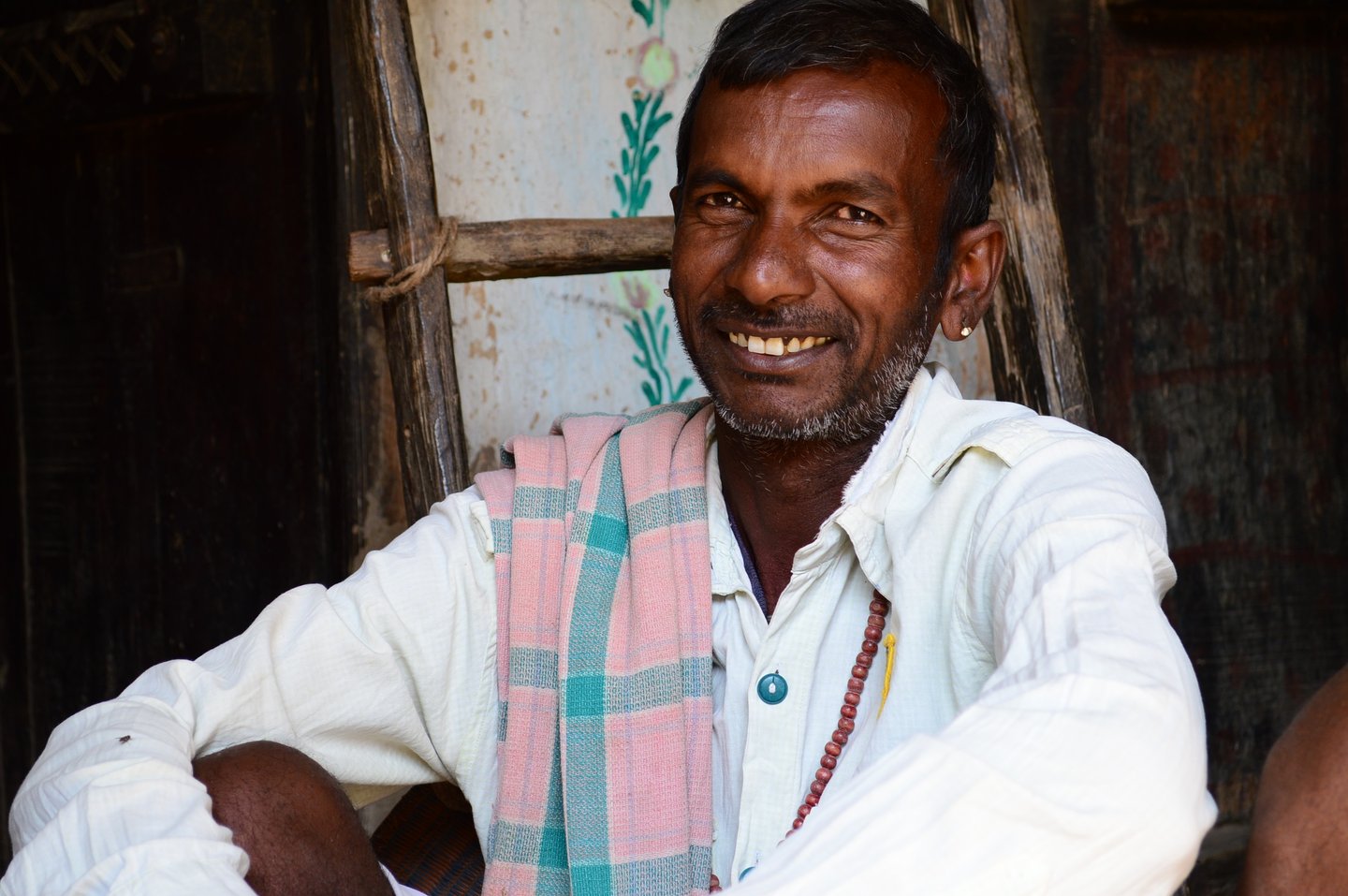
Kesaram, Chamnibai’s son, beams as he speaks of his small farm
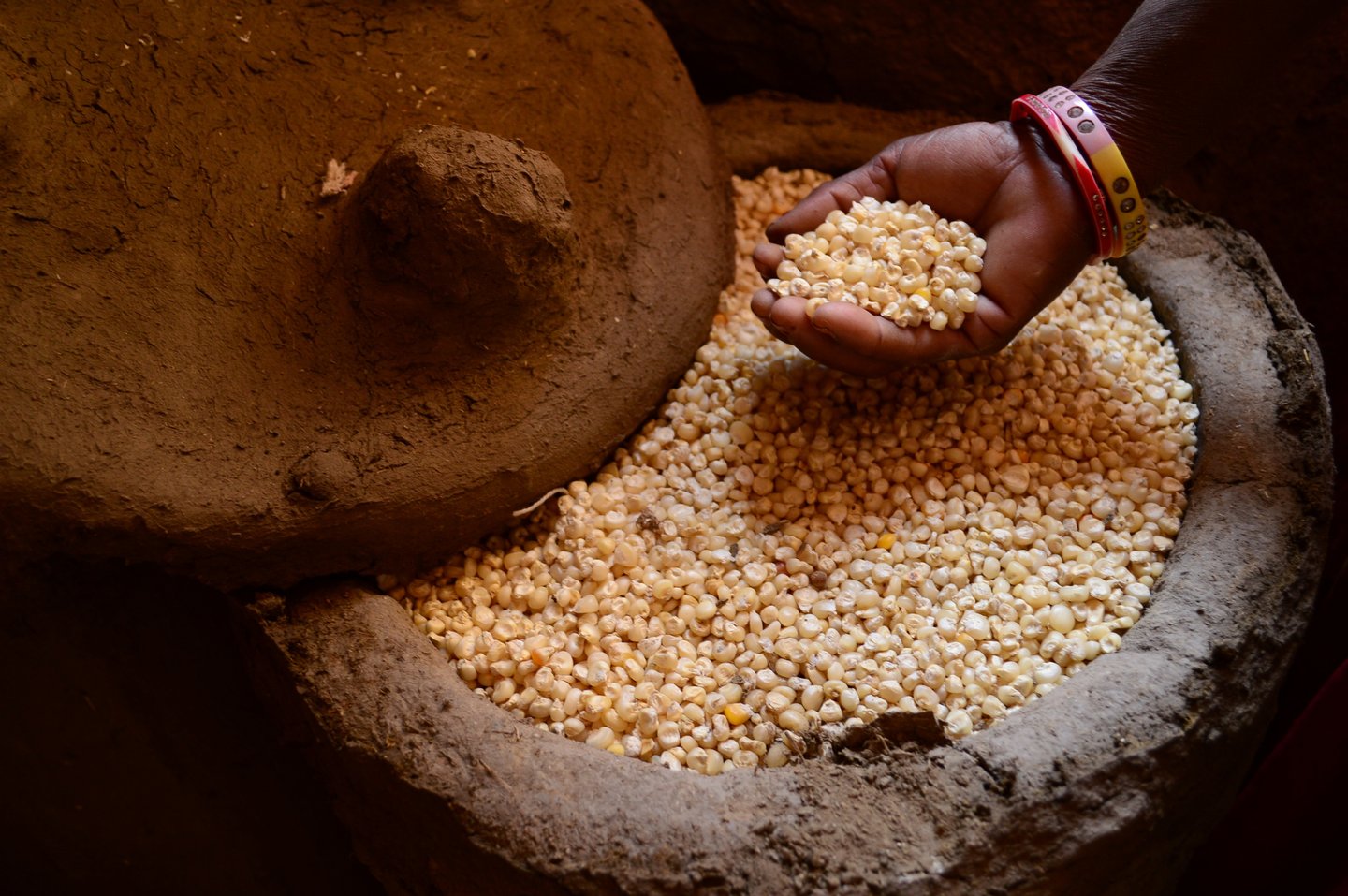
Indigenous maize stored by the family for their own use. When her husband was alive, Chamnibai says, her surroundings were very different. 'We had better rains then, so we didn’t have a shortage of water. Now, it is a struggle. To make things worse, it has got hotter'
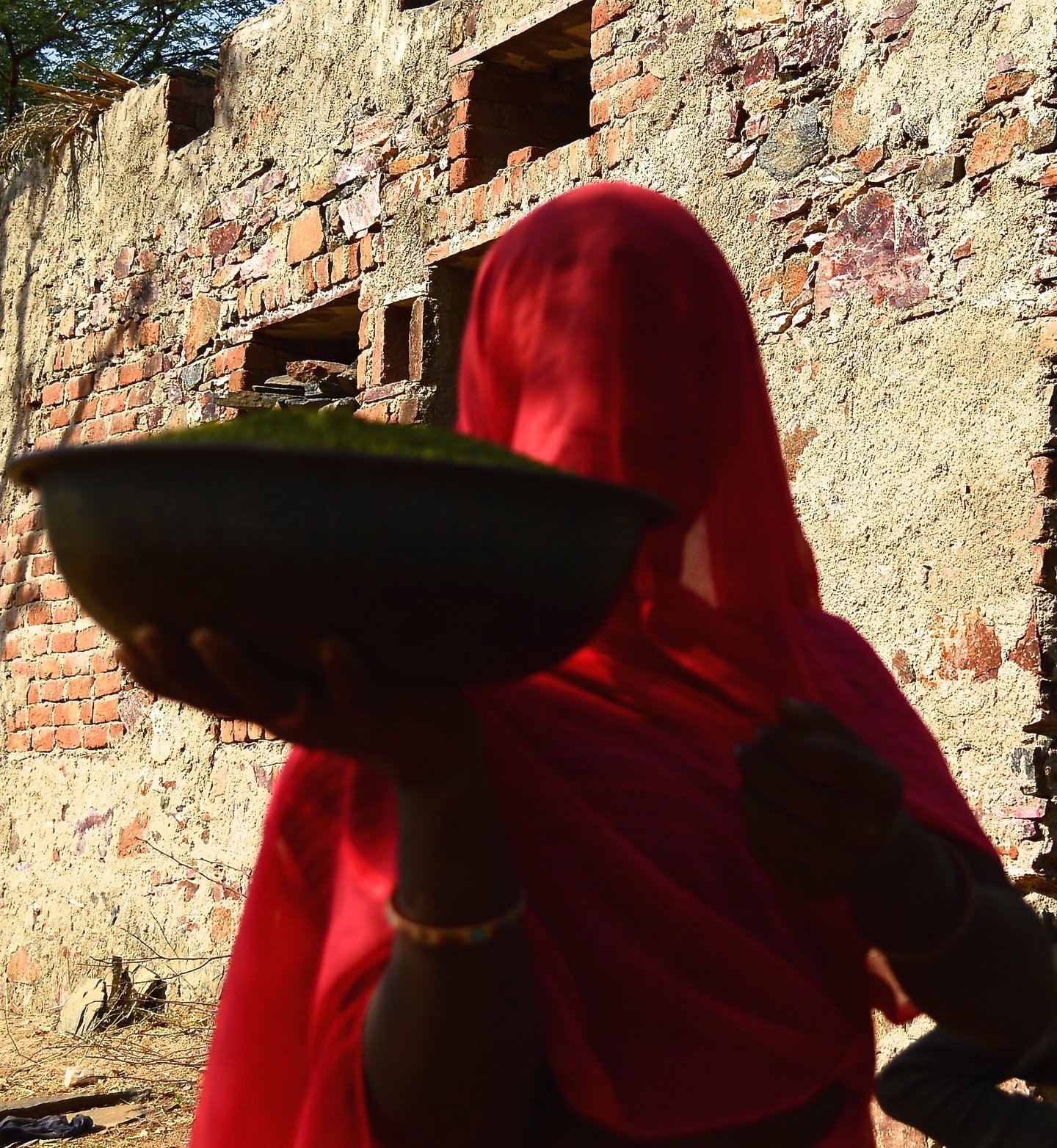
A farmer goes about her day. Many of India’s farmers are women, but they are not recognised for their work. In parts of rural India, seeds are sometimes identified as “male” or “female” based on their economic value. Male seeds are more viable, including those for cash crops like cotton, tobacco and coffee. Vegetables and some legumes are considered female seeds, because they nourish the family
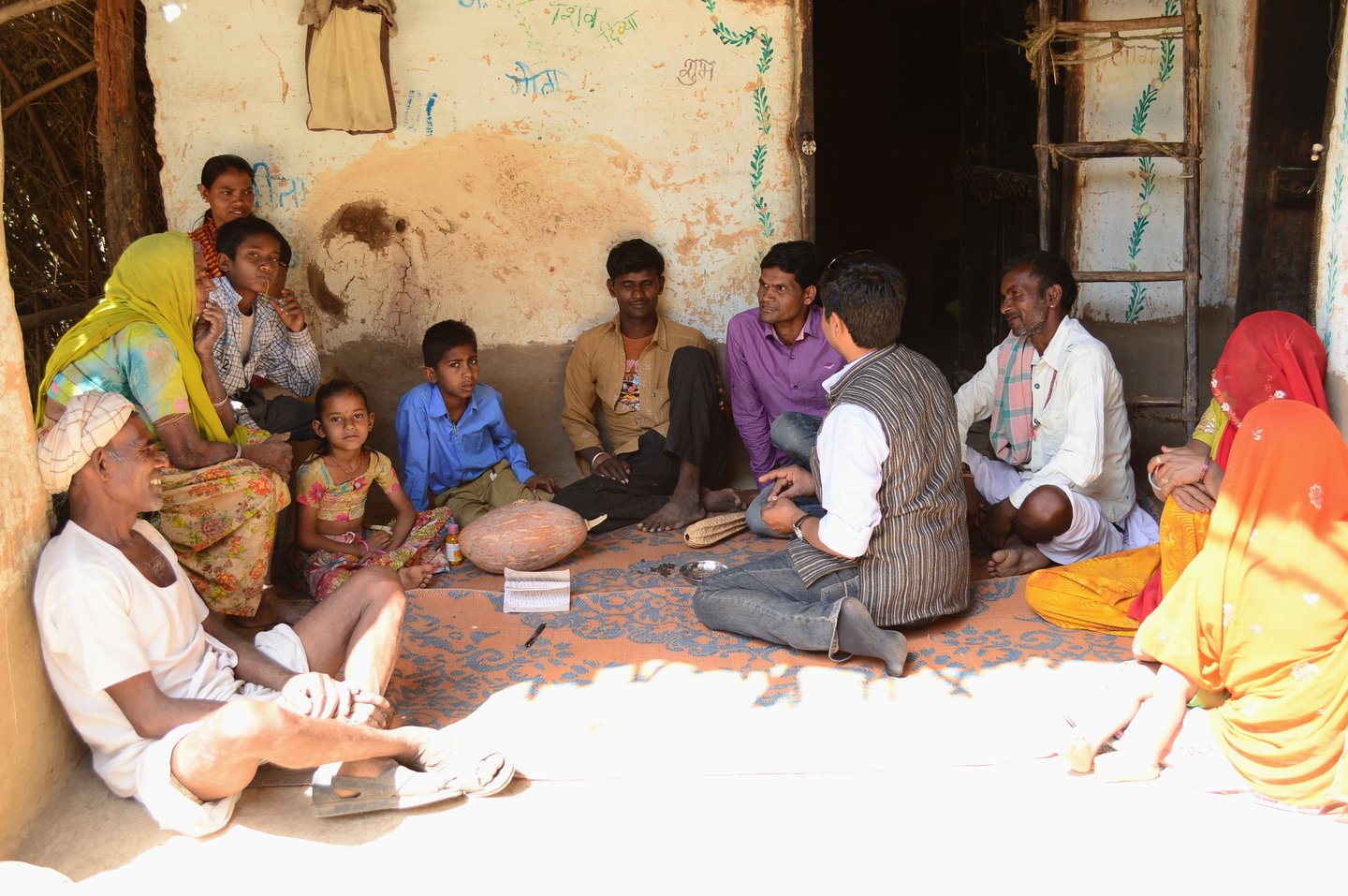
The Meena family in discussion with Pannalal Patel, a farmer and activist, who has been working with women farmers in the Mewar region on seed saving methods and farming collectives. He explained how difficult it is to survive on organic farming. 'We supported women’s groups in Mewar who made value-added products from their crops to sell in the market. But production was difficult to maintain. We had challenges with cash flow and crops. It’s harder for women to make the business work because they don’t always have support at home. They are trying to manage their families and finances all at once. Local seeds are being lost'
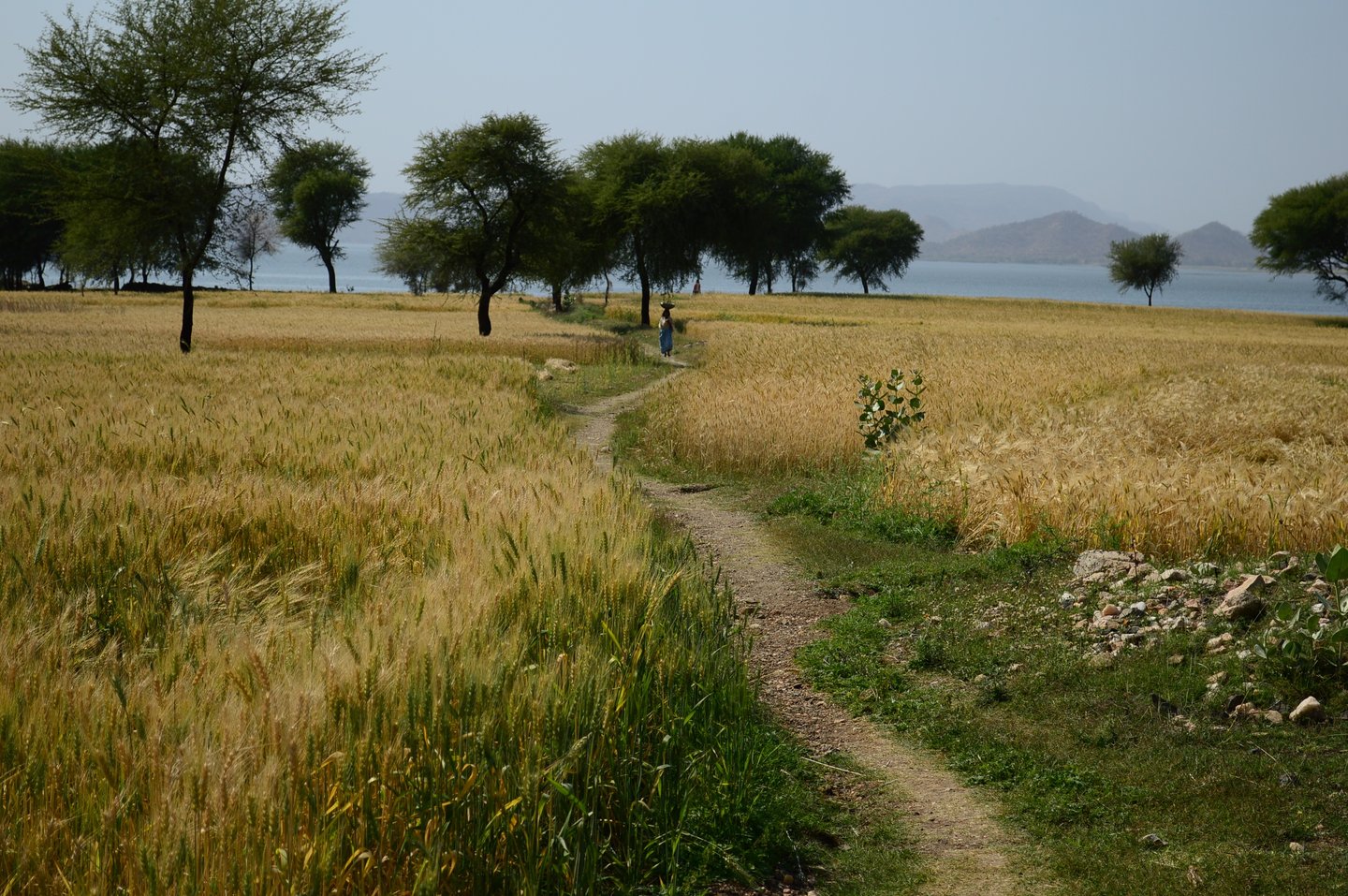
Chamnibai's family fields, where they sow organic crops for home use and commercial crops to sell. Fortunately, Chamnibai’s grandchildren want to continue the family tradition of organic farming. They see value in their grandmother’s work and knowledge, but concede that it’s getting tougher for them to succeed. Meanwhile, the push to introduce genetically modified seeds in Rajasthan, which many activists and farmers resist, could add to the farmers' struggle to decide what happens in their own fields. It may force them to adapt to new policies that kill their ability to sustain themselves and their families
